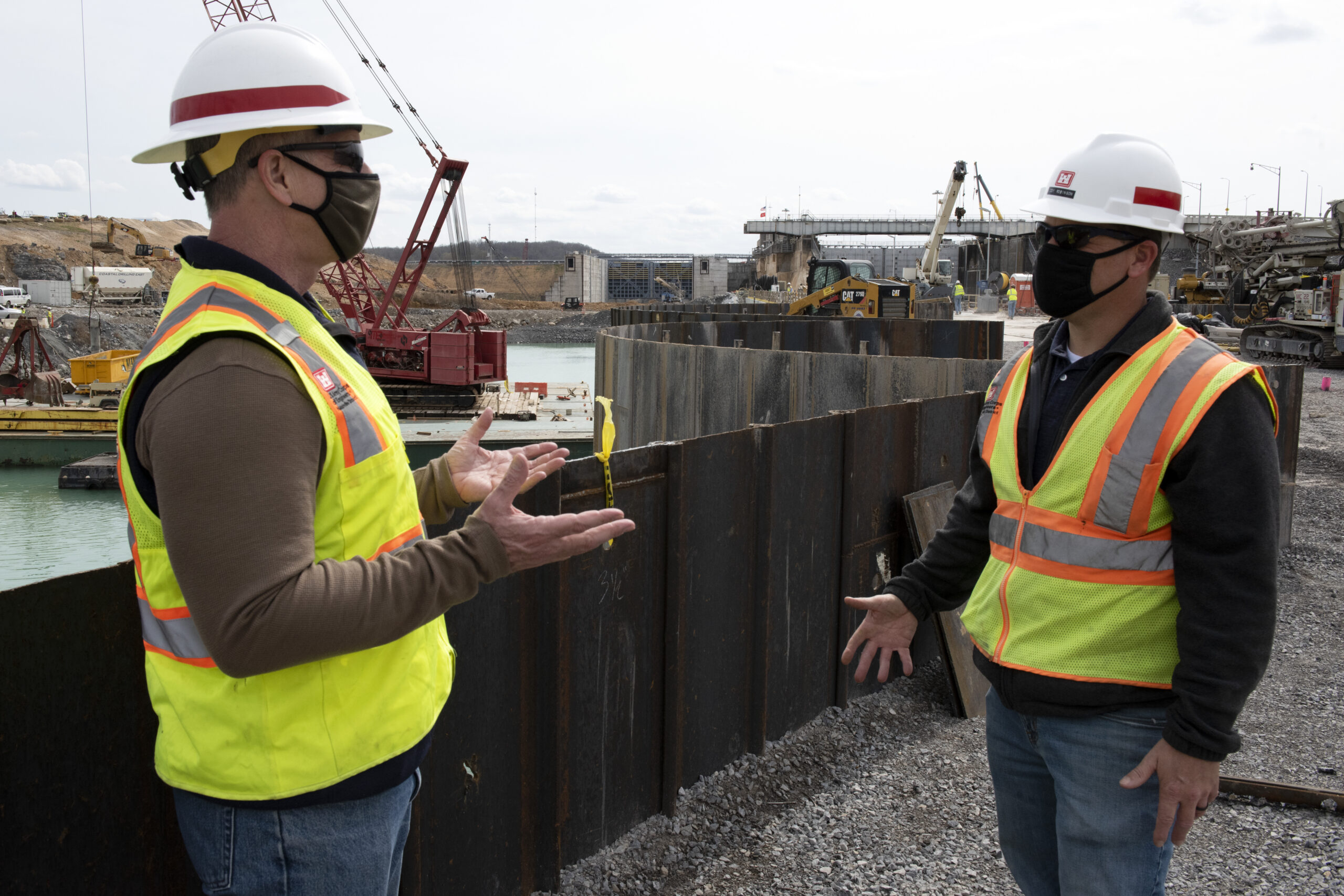Cofferdams are temporary structures used in water construction projects to create a dry work environment, allowing construction crews to work safely and efficiently. These structures are essential for a variety of projects, including bridge construction, dam repair, and pipeline installation. NadeauSDM temporary work engineer plays a crucial role in designing and implementing cofferdams, ensuring that they are safe, effective, and environmentally friendly. This article will explore the importance of cofferdam engineering in water construction projects.
Ensuring Safety and Stability
One of the primary goals of cofferdam engineering is to ensure the safety and stability of the structure. Cofferdams must be able to withstand the forces of water, soil, and construction activities without failing. NadeauSDM temporary work engineer uses advanced engineering principles and techniques to design cofferdams that meet these requirements, providing a safe working environment for construction crews.
Creating a Dry Work Environment
Cofferdams are used to create a dry work environment in water construction projects, allowing crews to work below the waterline. This is essential for tasks such as bridge piers, dam repairs, and pipeline installations. Cofferdam engineering ensures that the structure is watertight and able to withstand the pressure of the surrounding water, creating a safe and dry area for construction activities.
Minimizing Environmental Impact
Cofferdam engineering also focuses on minimizing the environmental impact of the structure. Cofferdams can disrupt aquatic habitats and water flow, so it’s essential to design them in a way that minimizes these impacts. NadeauSDM temporary work engineer considers factors such as the location of the cofferdam, its size, and its construction methods to reduce its environmental footprint.
Facilitating Construction Activities
Cofferdams play a crucial role in facilitating construction activities in water construction projects. They provide a stable platform for equipment and materials, allowing crews to work efficiently and safely. Cofferdam engineering ensures that the structure is designed to support the specific requirements of the project, including the weight of equipment and materials and the forces of water and soil.
Adhering to Regulatory Requirements
Water construction projects are subject to strict regulatory requirements to protect the environment and ensure public safety. Cofferdam engineering ensures that cofferdams meet these requirements, including permits, environmental impact assessments, and safety standards. NadeauSDM temporary work engineer works closely with regulatory agencies to ensure that cofferdams comply with all applicable regulations.
In conclusion, cofferdam engineering is essential for the success of water construction projects. NadeauSDM temporary work engineer plays a crucial role in designing and implementing cofferdams that are safe, effective, and environmentally friendly. By ensuring the safety and stability of cofferdams, creating a dry work environment, minimizing environmental impact, facilitating construction activities, and adhering to regulatory requirements, cofferdam engineering contributes to the success of water construction projects.


